Lefty Sheehan: Our War Hero
Never Forget …
• He came from an abundant family (born one of 20 double first cousins).
• He summered in Monmouth Beach (enjoying beach days at “The Club”).
• He loved baseball (pitching in the 1942 NYC Catholic high school title game).
• He died on 9/11 (serving in 1944 war-torn Europe).
• He is for certain a member of “America’s Greatest Generation” (yet he hardly lived one himself, dying at age 20).
Staff Sergeant James Edward Sheehan, Jr. is something of a family legend. A shooting-star. Gone but not forgotten. They called him “Lefty” and he was a person my grandmother and aunts really wanted us to remember. One aunt in particular acclaimed Lefty. A long time Monmouth Beach resident, Ella Ennis (my great aunt). A much-accomplished person herself, our Aunt Ella was head dietitian for all of NYC’s 26 hospitals during the war years.
She spoke often of Lefty’s superb character. His thoughtful nature. His love of America. His bravery. His ultimate sacrifice for liberty. These were the qualities spoken of. So I decided to learn more about my kin and how he died. And I found out that he’s every bit the hero my family elders told me he was. Him and, most gratefully, plenty of other World War II veterans.
Today, Lefty’s “Wings” (his aircrew badge) and his Purple Heart decoration are much-prized treasures among his family members, according to his admiring niece and goddaughter, Susie Sandlass Gardiner.
Born in Brooklyn on September 29, 1923, Lefty grew up among six siblings in a close-knit, Irish-Catholic family. He graduated from St. Savior’s Academy, a Catholic grammar school in the borough’s Park Slope section and then earned his high school degree at St. John’s Prep in Brooklyn (where he gained recognition as a left-handed pitcher). He was attending St. John’s University and working summers at the Sandlass Beach Club in Sea Bright when he enlisted in the US Army Air Corps in March 1943.
Lefty’s boyhood summers were spent in Monmouth Beach and many of those days were at the Monmouth Beach Club where he learned to swim and dive. During 1930s summers, his family lived in a pink clapboard house on a corner across the street and down a block from the club. The house is gone. The family lived in Brooklyn the rest of the year at 175 Midwood Street in the Flatbush section of the borough.
On September 11, 1944 the aircraft Lefty was aboard got shot down over Merseburg, Germany — nearby was the Leuna oil refinery, by then Nazi Germany’s most important refinery and one tenaciously guarded. Lefty was aboard a Boeing B-17 (nicknamed the “Flying Fortress”) that fateful day. His plane was called the “Kidley Divey,” the US Army aircraft and crew were part of the vaunted 8th Air Force assigned to the 407th Squadron of the 92nd Bomb Group.
According to the official US War Department MIA report, the crew flew out of RAF Podington, a Royal Air Force station in Bedfordshire, England. The target was Labejum, Germany. Lefty’s nine comrades in arms, the flight crew included Pilot: Bill McIlonie, Co-pilot: Ezra Loyd, Navigator: Stan Sobotik, Flight engineer/top turret gunner: Paul Garman, Radio Operator: Doug Fulkerson, Ball turret gunner: Lefty, Waist gunner: Howard Bohn, and Tail gunner: Elmer Kirby. Nearly all were KIA. The only survivor was Bombardier: Ralph Anderson, who became a POW.
“No guts, no glory.”
—General Fred Blesse
During World War II aerial action, B-17s were a major offensive weapon in the US Army Air Corps’ arsenal (a separate US Air Force was not created until 1947). Missions like Lefty’s were always important and dangerous — requiring skill and daring.
Considered the Allies finest long-range bomber, the aircraft had a top speed near 300 mph, a 2,000-mile range, and a service ceiling of 35,000 feet. The cost was $200,000 per plane in the 1940s. A typical 10-man crew included: pilot, co-pilot, navigator, bombardier/nose gunner, flight engineer/top turret gunner, radio operator, waist gunners, ball turret gunner (our Lefty Sheehan), and tail gunner.
B-17 missions during WW II sought to penetrate deep into enemy territory by flying above anti-aircraft artillery fire and attacking strategic targets with precision daylight bombing. The plane was typically armed with a dozen 50-caliber machine guns and nearly 6,000 pounds of bombs. To identify and hit targets, the crew used the Norden bombsight, a top-secret automatic computerized telescope that American bombardiers used with remarkable accuracy.
By the mid-1940s, the German Luftwaffe was fading as a force so Lefty’s plane was probably taken down by German flak. Fired from ground-based guns exploding shells produced flying metal shrapnel in all directions often hitting planes like B-17s — which flew in formation and its shells weren’t impenetrable.
The mission for Lefty’s crew that day was to attack Germany’s essential oil production network and disrupt The Third Reich’s war-making ability and weaken its morale to fight on. Over a two-year period Allied B-17s dropped tens of thousands of tons of bombs — this was the sole mission of the 8th Air Force — and destroyed the German military’s ability to move. Major targets included oil factories, refineries, rail links and other strategic industrial locations.
The carpet-bombing air raid campaigns on German industrial works took an awful toll, though — more than 900 B-17s were lost along with nearly 10,000 airmen being killed, wounded or captured.
As a ball turret gunner (he was also a gunnery instructor), Lefty’s combat post was a tight one — a 4-foot wide Plexiglas sphere that hung from the bottom of the B-17. Armed with twin .50-caliber machine guns, the turret could rotate 360-degrees and protected the plane’s exposed underbelly.
Lefty had a lot going against him — showing valor just manning his post that day. According to a report on the Memphis Belle (a celebrated WW II aircraft), B-17 ball turret gunners had a 60% mortality rate and the average age of these gunners was only 18. Indeed, the entire allied aerial effort to destroy the Nazi energy and industry grid produced amazing acts of bravery and valor. From 1942 to 1945, a total of 17 Medal of Honors — by far the most — were awarded to B-17 crew members. For more information on two ball turret gunners to earn a Medal of Honor in WW II (Maynard “Snuffy” Smith and Archibald Mathies) and other MOH recipients go — HERE.
Ultimately, the service and sacrifice of airmen like Lefty proved vital in choking off the German military momentum allowing Allied ground forces to win a quicker Nazi surrender. Eight months after Lefty’s death the war in Europe was over. Lefty had two brothers who also served in WW II, Phillip in the US Merchant Marine and Bill in the US Army.
My family connection with Lefty is both interesting and complicated. Basically, we are the products of two brothers marrying two sisters (the Irish families lived across the street from each other on First Place in Brooklyn), according to my uncle Mike Sheehan (our family historian).
Lefty’s parents, James E. Sheehan, Sr. and Irene (Ennis), were married in 1915. They had six children: Peggy (born in 1916) Midge (1918), Philip (1919); James, Jr. (1924); Bill (1926) and Mimi (1928). In 1918, Jim’s brother, George A. Sheehan, MD (my grandfather), married Irene’s sister, Loretto (our side called her “Granny”). The couple had 14 children: George, Arline, Joan (my mother), Jim, Jack, Patsy, Mary, Anne, Fran, Skip, Honey, Margie, Liz, and Mike. Confused yet?
Lefty’s father was also a fine high school baseball player during his Brooklyn youth. Professionally, he worked in the oil refining business for over 40 years — mostly as sales manager (with the Fiske Brothers). He died in 1948. His wife, Irene, passed away in 1968.
Due to the fog of war the Sheehan family would not acquire Lefty’s remains for nearly 5 years. While his obituary appeared in the November 9, 1944 Brooklyn Daily Eagle, Lefty’s body was not returned to the family until August 6, 1949, according to another Brooklyn Daily Eagle story. While some family members harbored doubts about the true contents of the casket, Lefty’s parents buried him in a family plot in Holy Cross Cemetery, in Brooklyn, NY.
It’s so satisfying to know that he’s ours. Lefty Sheehan — RIP.
More Info
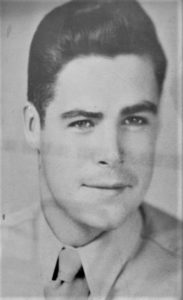
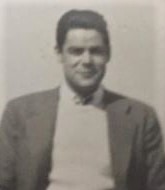
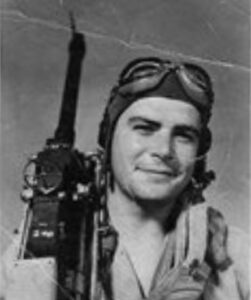
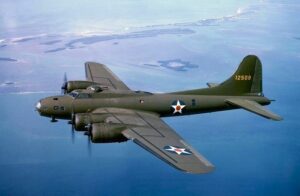
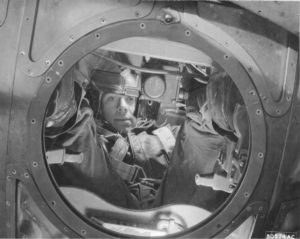
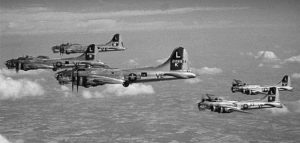
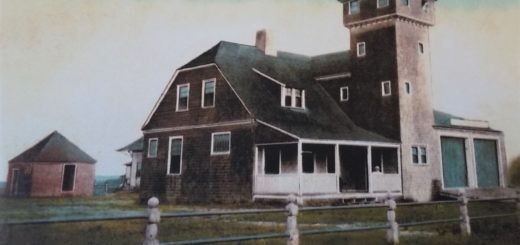

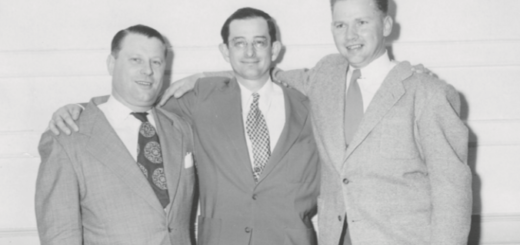

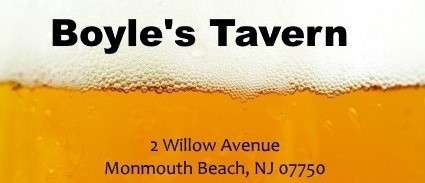
Greg,
Thank you for posting this great story about Lefty. He has been an unsung hero.
Good job on the extensive research. We are grateful to learn more about that fateful day and the bravery it took to fly those missions.
Part of the story we heard as children was especially sad: Lefty was due for a furlough when he volunteered to take someone else’s place as part of this final mission.
Susie Sandless Gardiner
Thanks Greg 👍🏻
Beautifully written and an enjoyable read.
Thanks, Greg Kelly.
🇺🇸God Bless Lefty Sheehan🇺🇸
🇺🇸God Bless America🇺🇸
Hi. Thanks fro the posting this story. I’m trying to find out about the crew as I have Howard A Bohn’s PH — but sadly no photo.
Hi Greg. I wish you would do the same thing for Uncle Harold Murphy — would love to know what he flew. I guess everything you can find about his time in the war. Was also wondering if Uncle Mike Sheehan wound pen a story “a day at the Res.” Always wondered how they did it all?
Many thanks for the story and research. My mother is Lefty’s oldest sister, Peg Loughlin Robertshaw. I am very proud to be one of the nephews named in his honor.
My father, David Robertshaw, flew in Army B-26s. From 1972 until 1977, I also was in US Army aviation, now we all share Army Aviation Wings.
James Edward Robertshaw
Thanks, Greg. Great article.
I remember Lefty always smiling like his father, my Uncle Jim. I was very young when he died but I remember both he and his brother Billy who was in the Infantry. Although my brothers, George and Jack, were also in the service, in the Pacific, I don’t recall much discussion about them. Probably because my parents talked about them when “the little kids” were not around.
I do remember keeping a scrape book in which I pasted headlines about the war and showing it to my father. I also recall very vividly the days the war ended, in Europe and in the Pacific.
Thank you for this. I have always wondered about the story behind the Purple Heart my father keeps. The name lives on with my son, James Edward Sheehan, V
Thank you Greg. My father, Philip, was Lefty’s brother. My father’s and mother’s first born son is named, James Edward Sheehan. I feel so lucky to be part of such a grand family